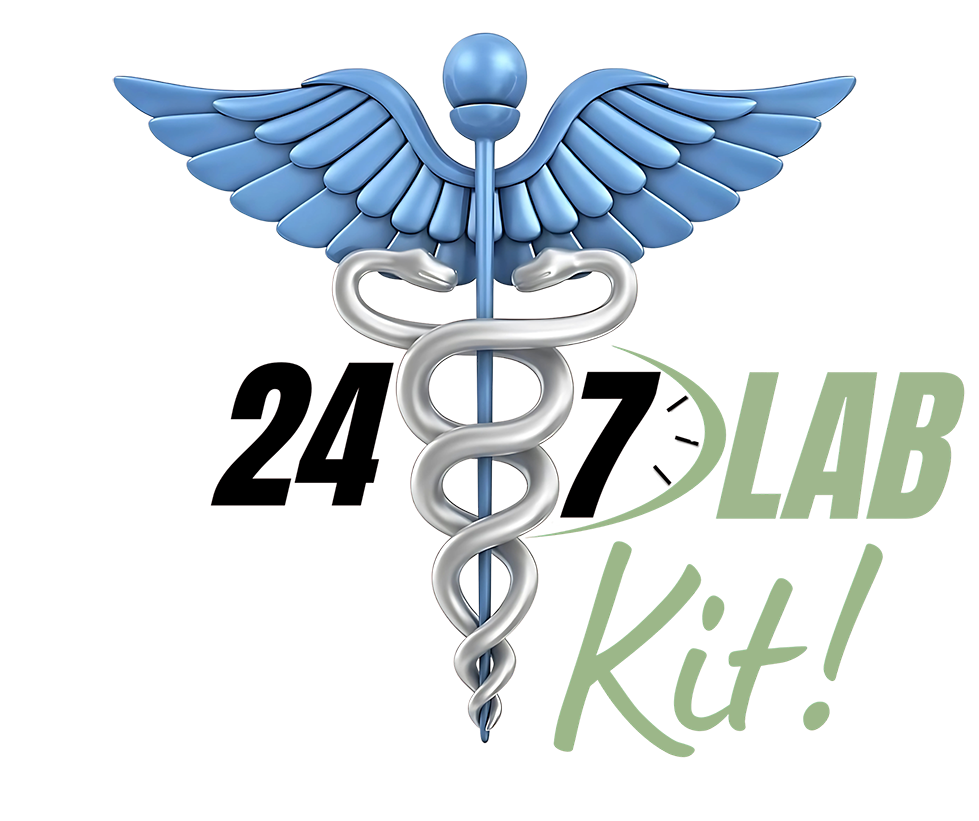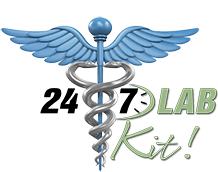What is the MonkeyPox Virus?
Monkeypox is a zoonotic virus, meaning it spreads from animals to people. This virus is most common in tropical rainforest areas. The tropical rainforest is where the virus-carrying animals dwell.
The orthopoxvirus family includes the monkeypox virus. It also has two genetic clades: the Central African (Congo Basin) clade and the West African clade (Trusted Source). The Congo Basin clade has a history of spreading quickly and causing serious conditions.
Monkeypox is found natively in Africa, particularly in the western and central African countries. Cases in the United States are uncommon and linked to international travel from disease transmission to more prevalent.
According to the CDC, the first human case of the monkeypox virus was recorded in 1970. They believe that the monkeypox virus may be carried by African rodents and nonhuman primates such as monkeys. Fever, chills, swollen lymph nodes, muscle aches, headaches, backaches, tiredness, and rashes that start on the face and progress to other body regions are signs of monkeypox. The sores eventually evolve into scabs, breaking off and leaving pitting marks.
According to the CDC, monkeypox typically lasts between two and four weeks. This virus has been known to kill one out of every ten persons who catch the disease in Africa, where the virus has been most widespread. According to the WHO, no deaths have been documented as a result of the current outbreaks. However, there is presently no monkeypox vaccine available in the United States. So far, the smallpox vaccine is the only remedy that can provide some
protection against the virus. According to the CDC, these are generally reserved for persons who are “at risk of occupational exposure” to monkeypox (for example, scientists who study poxviruses in laboratories).
The latest outbreaks in Europe and reported and suspected occurrences in the United States have raised concerns about how monkeypox spreads and what preventative steps may be taken to stop it. All you need to know about monkeypox transmission and what authorities have done to minimize more cases in the United States are outlined below.
How does monkeypox spread?
According to the CDC, monkeypox occurs when a person touches the monkeypox virus in one of three ways:
- Human-to-human contact
- Animal-to-human contact
- Contact with a virus-contaminated item (such as bedding)
The virus can infect the body through cuts or wounds, the respiratory system, or mucous membranes (the eyes, nose, or mouth). According to the WHO, any direct contact with an infected person, including sexual contact, dramatically increases the risk of developing monkeypox.
Furthermore, if an infected animal bites or claws a human, animal-to-human transmission can occur. Infected individuals and contact with their monkeypox sores can promote the spread of the virus. According to the CDC, 47 confirmed or probable monkeypox cases were reported in the United States in 2003, all of which were linked to contact with pet prey animals (dogs) that had lately been accommodated near small mammals. Some of these animals were exposed to the virus and were transported from Ghana to Texas. That was the first time monkeypox had been observed outside of Africa.
While transmission may develop in a variety of ways, the CDC believes that sizable respiratory droplets are the most common mode of infection, requiring “prolonged face-to-face” contact.
According to the CDC, these droplets can only reach a few feet, which a surgical mask can prevent.
Although monkeypox spread is probably different from COVID-19 transmission, the WHO believes that the “broad preventive measures advised against COVID-19” will also ensure protection against monkeypox virus transmission.
What are scientists doing to minimize the spread?
According to the WHO, everyone, including men who have sex with men, should be given critical health information. Everyone needs to know the prevention and detection
recommendations without stigmatization. Advice on keeping others safe if you test positive is one of the “important messages” that must be conveyed to prevent future monkeypox cases: “If anyone has monkeypox, they should quarantine till the blisters fall off and avoid sex, particularly oral sex,” the WHO advised. People need to exercise for excellent hygiene by washing their hands thoroughly with soap and warm or an alcohol-based hand sanitizer after contact with an infected or potentially infected person. Moreover, you need to avoid all contact with an infected or potentially infected person.
According to the WHO, any “rash-like sickness” that arises during travel should indeed be addressed to a health care practitioner to avoid the spread of monkeypox. However, before visiting a doctor’s office, you should contact or email your provider to let them know you’re coming so they can take the necessary precautions to keep everyone else safe.




Comments are closed